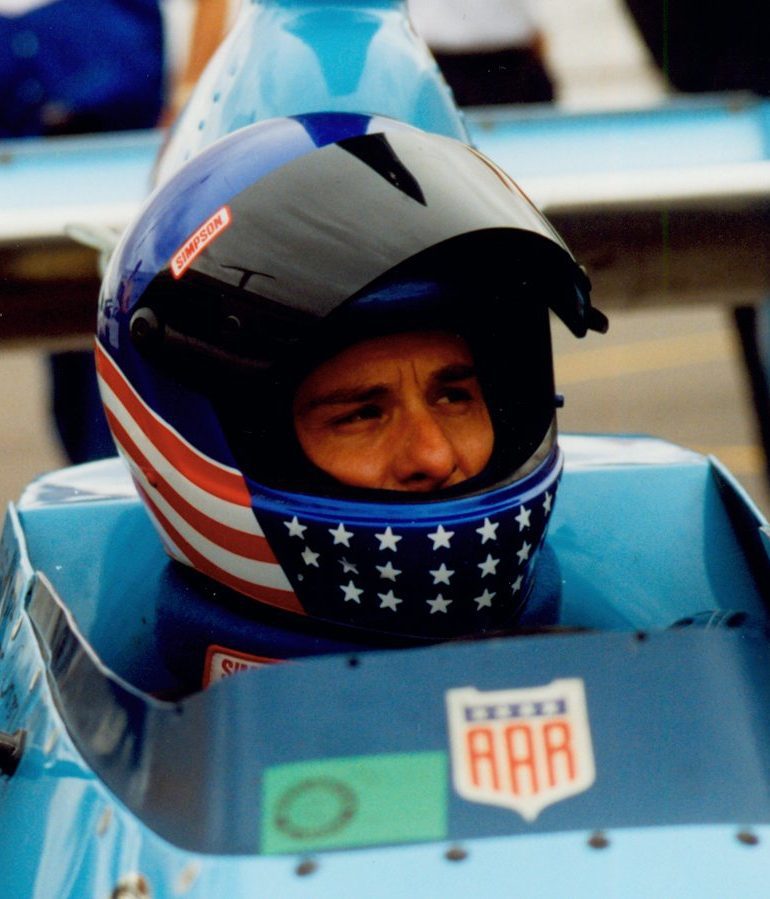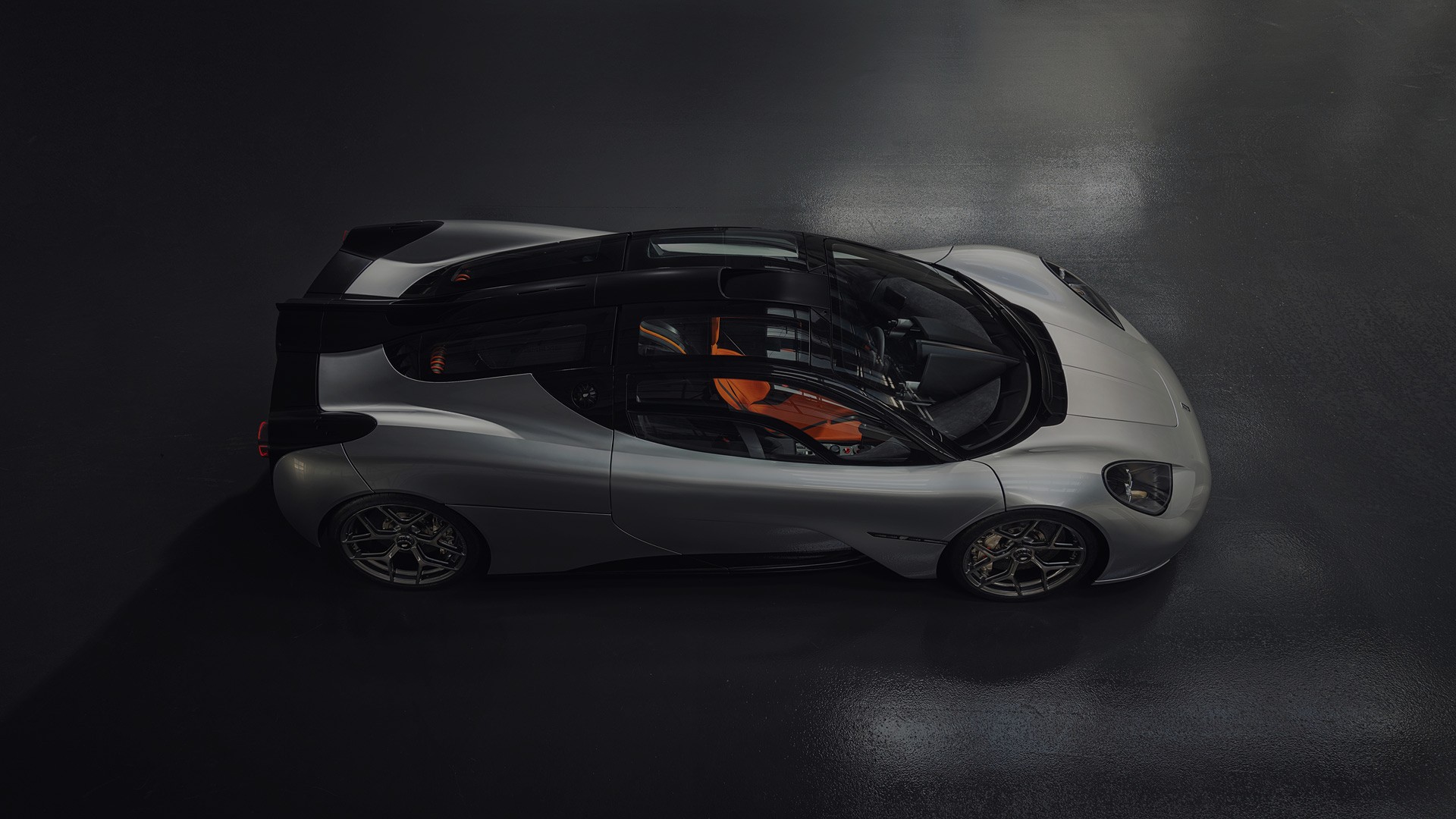It sounds like the title of a bad B-movie doesn’t it? They came from the great beyond. Legions of historic racecars hell-bent, with only one purpose…the survival and perpetuation of their own race! Da-Da-Daahhhh!!! While it might sound outlandish and far-fetched, it’s actually not. There is a growing movement afoot, and it could very well alter the historic racing landscape.
I use the term Micro-club, though it’s not a term that any of these groups would necessarily use to describe themselves. In essence, there is a growing group of organizations that cater to a very specific category, or group, of racecar. These groups are independent, they are not necessarily affiliated with any one race sanctioning body. As such, they represent only the interests of the specific owners and cars that they sub-serve. Because of this, the Micro-club has the ability to move freely around and join in with any club that will include them in any given event.

While it was easy to see how Trans-Am and Formula One cars might pull this off, it was also easy to chalk these up to being anomalies in the fabric of the historic racing system, but in recent years a number of things have changed. One has been the proliferation of sanctioning clubs. The last decade in the U.S., has seen a surprising number of new clubs and “splinter groups” (those that split off from existing clubs) sprout up. This has shifted the foundation of the sport in the U.S. because there are a lot more clubs now vying for the participation and entry fees of essentially the same number of historic racers. The result of this is competition for entrants, especially those that are perceived to have “high-end” or crowd pleasing cars. From a participant’s perspective, it’s a buyer’s market—tons of events to choose from, offered by a wide variety of clubs and tracks. From the traditional race club perspective, this has resulted in much tougher times. With this wealth of choices, racers have become less club or “brand loyal,” choosing to race the events and tracks that most appeal to them. The upshot of this, of course, is that sanctioning bodies—needing entries to make their race weekends financially viable—are now much more amenable to having a “Micro-club” come run its events. In fact, in some cases they desperately need them to make an event pencil out.
In recent years, pre-war cars have banded together, American Formula Juniors, even annual gatherings of production cars like MGs and Triumphs. However, I really began to see a snapshot of a possible future landscape when I received an email the other day from West Coast racer and restorer Butch Gilbert. Gilbert has raced and restored a number of interesting cars over the years, but for some time now he’s been racing the 1959 Hageman Sutton Special. As a result, Butch’s passion now is solidly grounded in 1950s sports racing cars, but he’s been growing increasingly concerned that it is getting harder and harder for these special cars to run in dedicated groups that aren’t mixed with a variety of other cars. After all, whether you own an Ol Yeller or a $16 million Ferrari Testa Rossa, you’d at least like to be running against similar ’50s era sports racers.
With this, and the very preservation of this segment of car in mind, Butch began a campaign to organize—or should this be unionize?— the 20-30 owners who regularly enter these cars. The goals were to form a Micro-club (my term, not his!) so that they could collectively negotiate to run together as a unified group at select events and be able to police themselves in terms of car preparation and driving standards. The result of Butch’s campaign was the successful creation of a new group the “Nifty Fifties” which will run their first events at SOVREN’s Pacific Northwest Historics and HMSA’s Portland Historics in June/July. So far they have been able to commit to at least a 25-car field for both events. (If this group is of interest to you, I’d suggest getting in contact with Butch at [email protected])
So are Micro-Clubs going to overrun the historic landscape, crushing all before them? Doubtful. At some level there have to be sanctioning organizations that can organize and insure the race meetings, which is something Micro-clubs are not really capable of taking on, with such small numbers. However, the current financial landscape and glut of sanctioning clubs does make this a very attractive time to start one of these specialized, niche groups. So come on all you Tatra owners, let’s band together!




